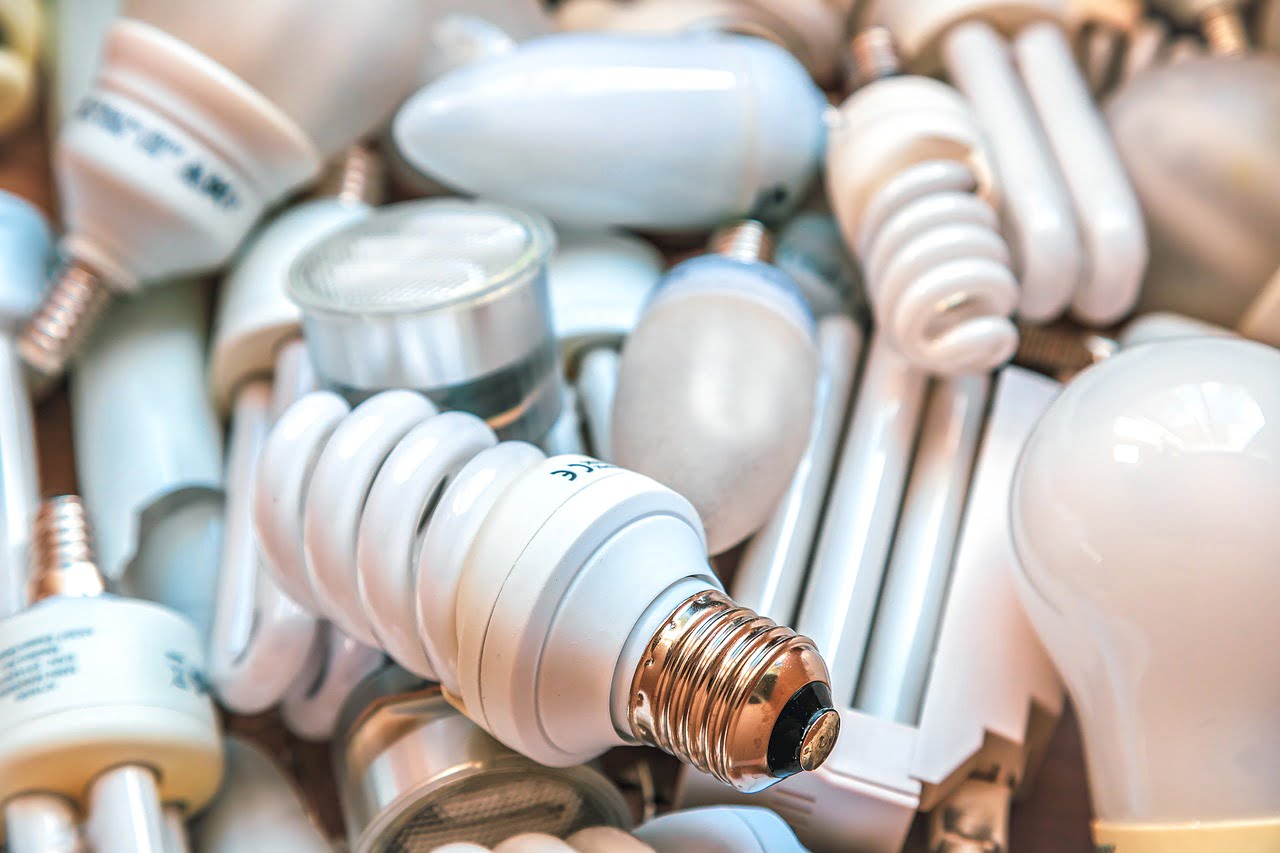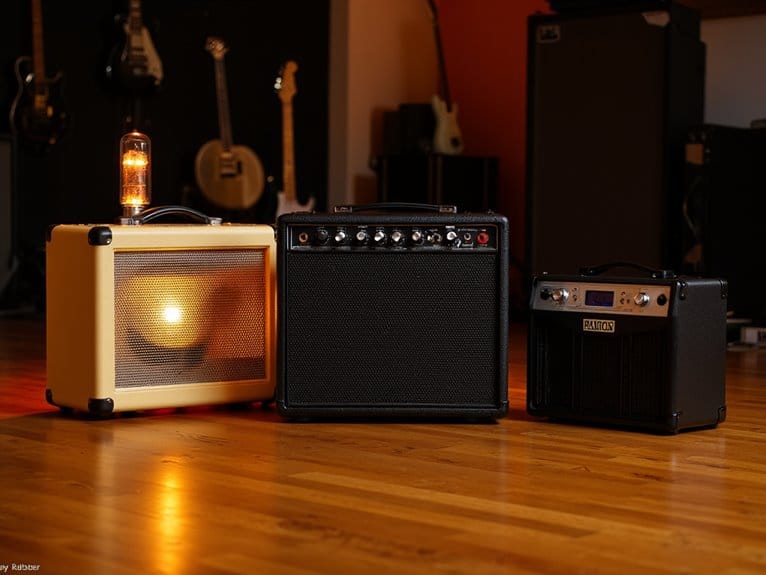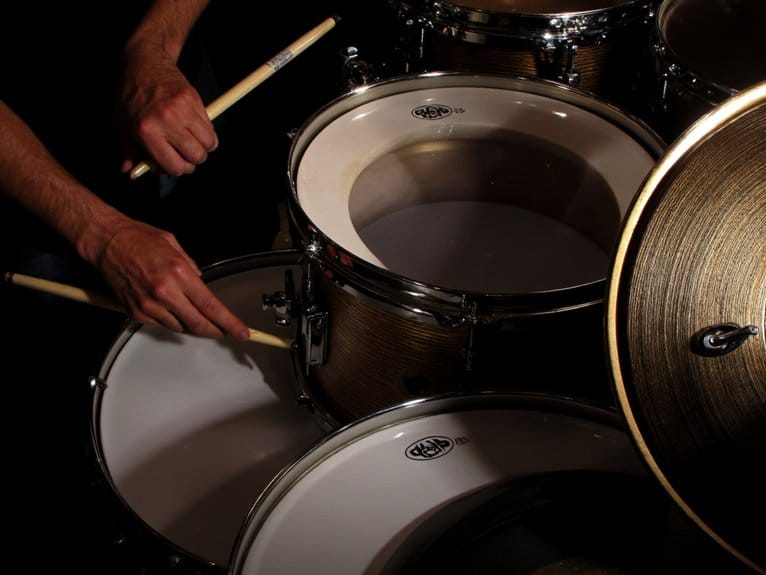LED Vs. Fluorescent Studio Lighting: Pros and Cons
LED lights offer energy efficiency, longevity, and reduced maintenance, making them a popular choice. But what about the color accuracy, initial cost, and environmental impact? The debate between LED and fluorescent studio lighting holds more nuances than meets the eye, raising questions about performance and practicality that merit exploration.
We are supported by our audience. When you purchase through links on our site, we may earn an affiliate commission, at no extra cost for you. Learn more.
LED Studio Lighting Pros
When considering studio lighting options, LED studio lighting stands out as a top choice due to its energy efficiency, longevity, and high-quality light emission. LED lights are renowned for their energy-efficient properties, consuming less power than traditional fluorescent lights. This efficiency not only reduces electricity costs but also minimizes the environmental impact of lighting setups. Additionally, LED lights boast a longer lifespan, lasting up to 50,000 to 100,000 hours compared to fluorescent lights. This extended durability guarantees that LED fixtures require less frequent replacement, reducing maintenance costs and downtime in studio environments.
One of the standout features of LED studio lights is their high-quality light emission. LEDs produce a full spectrum of visible light colors, providing a more natural and vibrant lighting environment. This capability is essential for achieving accurate color reproduction in photography and videography, making LED lights a preferred choice for professionals who require precise lighting control. Furthermore, LED lighting is more efficient in light emission compared to fluorescent lamps. This efficiency translates to a more focused and consistent light output, which is vital for creating well-balanced and visually appealing studio setups. To sum up, the combination of energy efficiency, longevity, high-quality light emission, and efficient light output makes LED studio lighting a superior choice for various studio applications.
LED Studio Lighting Cons
While LED studio lighting offers numerous benefits, it is important to keep in mind some drawbacks that may impact its suitability for certain studio setups. When considering LED studio lighting options, there are several factors to keep in memory:
- Upfront Cost: LED studio lighting may come with a higher initial investment compared to traditional fluorescent lighting options, which could be a consideration for those with budget constraints.
- Flickering: Some LED studio lights may exhibit flickering issues, potentially affecting the consistency of lighting in your studio environment and impacting the quality of your work.
- Color Temperature: Achieving consistent lighting results with LED studio lights may require careful color temperature matching, as variations could affect the overall look and feel of your studio setup.
- Brightness and Coverage: In certain cases, LED studio lights may not offer the same level of brightness or coverage as fluorescent options, which could be a limitation depending on your specific lighting needs.
Considering these aspects is essential to make an informed decision when selecting the most suitable lighting setup for your studio.
Fluorescent Studio Lighting Pros
Considering the advantages of fluorescent studio lighting, it becomes evident that its soft and uniform illumination makes it a versatile choice for a variety of applications. Fluorescent lights are renowned for their ability to provide even lighting across a space, reducing harsh shadows and creating a smooth lighting environment. This characteristic makes them ideal for settings like interviews, documentaries, and studio photography where consistent lighting is paramount.
One significant benefit of fluorescent studio lighting is its high Color Rendering Index (CRI), which guarantees accurate color reproduction. This feature is pivotal for tasks that demand precise color representation, such as product photography or video production where color accuracy is essential. Additionally, fluorescent lights are energy-efficient compared to traditional incandescent bulbs, helping to lower electricity costs and reduce energy consumption.
Another advantage is the dimmable nature of fluorescent lights, allowing for greater control over the intensity of the lighting output. This flexibility enables users to adjust the lighting levels to suit different settings or creative requirements. Overall, the combination of soft, even illumination, high CRI for accurate color reproduction, energy efficiency, and dimmable capabilities makes fluorescent studio lighting a practical choice for various professional lighting applications.
Fluorescent Studio Lighting Cons
Fluorescent studio lighting presents several drawbacks that warrant careful consideration before making lighting decisions for professional settings. When weighing the options, it is vital to understand the cons associated with fluorescent lighting:
- Mercury Hazard: Fluorescent bulbs contain toxic mercury, posing significant environmental hazards if not handled or disposed of properly.
- Shortened Lifespan: Constantly switching fluorescent lights on and off can drastically reduce their lifespan, potentially leading to increased maintenance costs.
- Energy Inefficiency: Compared to LED lights, fluorescent lighting is less energy-efficient, resulting in higher electricity bills over time.
- Disposal Challenges: Proper disposal of fluorescent lamps is vital due to the presence of harmful chemicals within the bulbs. Special care and processes are necessary to prevent environmental contamination.
Considering these factors, it becomes evident that while fluorescent lighting has been a popular choice in the past, advancements in technology have made LED lighting a more attractive option for those seeking longevity, efficiency, and reduced environmental impact in their studio lighting setups.
Comparison: LED Vs. Fluorescent
LED lighting outshines fluorescent lighting in both efficiency and environmental friendliness, setting a new standard for studio illumination. When comparing LED lights to fluorescent lamps, the benefits of LEDs become evident. LED lights are highly energy-efficient, consuming notably less power than fluorescent lights while providing a longer lifespan. This efficiency not only reduces energy consumption but also lowers electricity costs for studio owners.
In regards to environmental impact, LED lights are a clear winner. Unlike fluorescent lamps that contain harmful chemicals like mercury, LED lights are mercury-free, making them important for studios looking to minimize their ecological footprint and adhere to sustainable practices.
Moreover, LED lights offer superior lighting efficiency by producing more lumens per watt than traditional fluorescent lights. This means that LEDs provide brighter illumination using less energy, resulting in cost savings and improved lighting quality for studios. Additionally, LED technology allows for instant illumination without any warm-up period, ensuring that studios can start working efficiently without delays.







